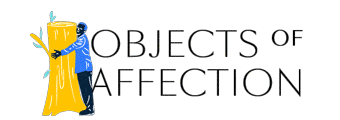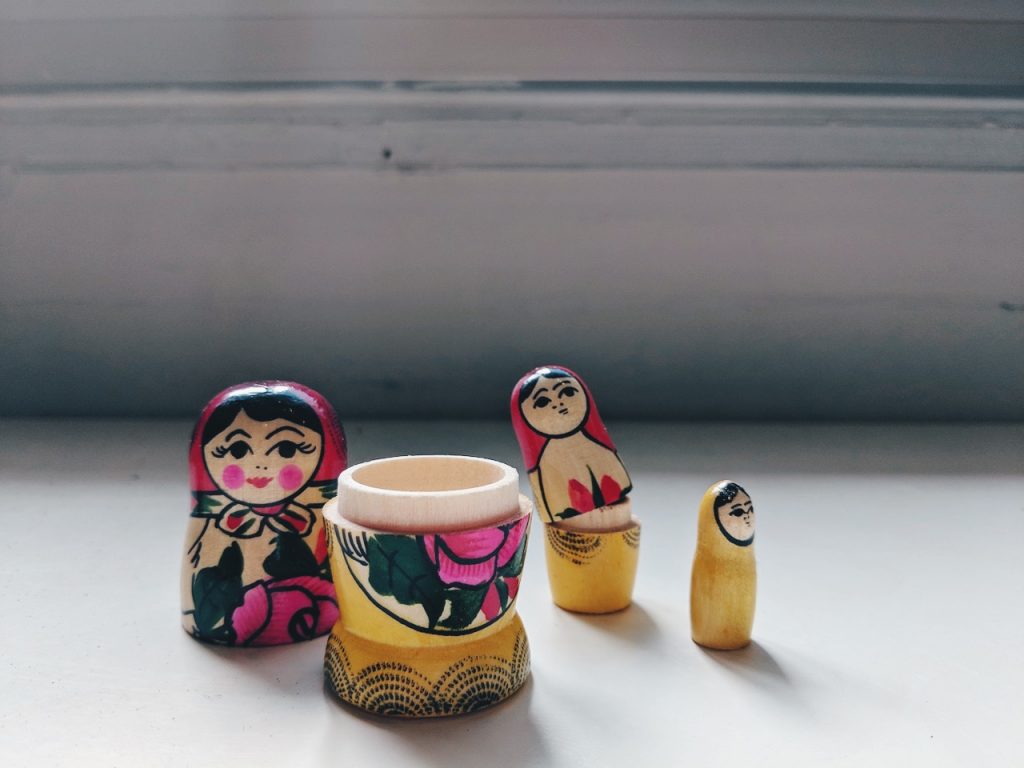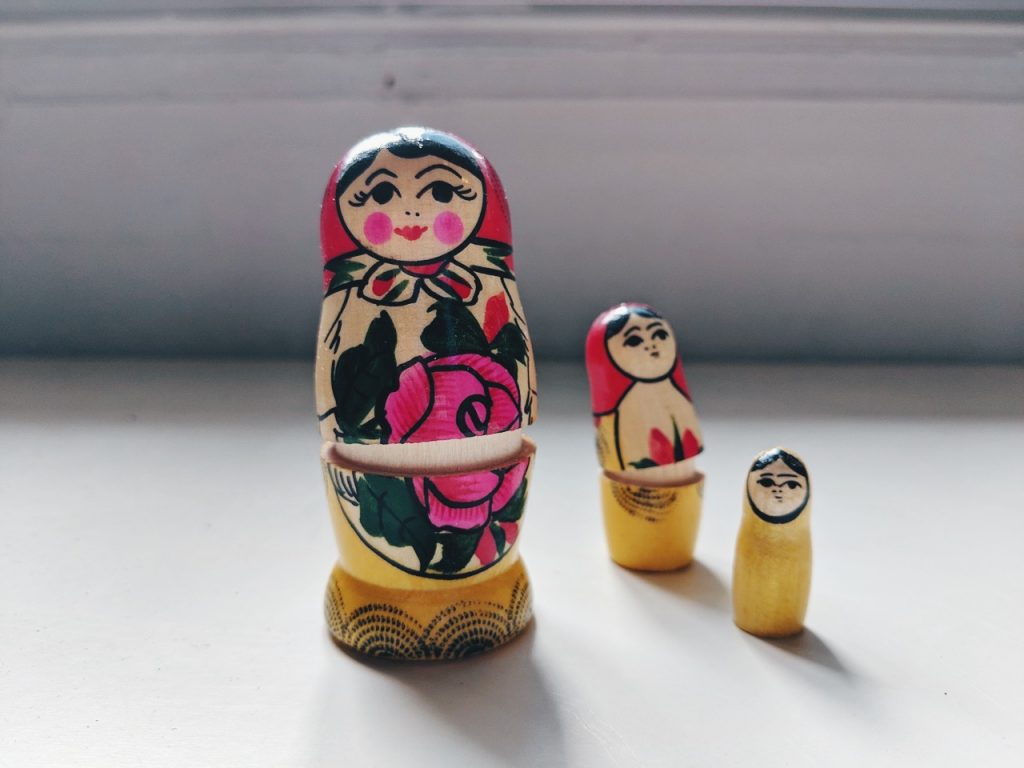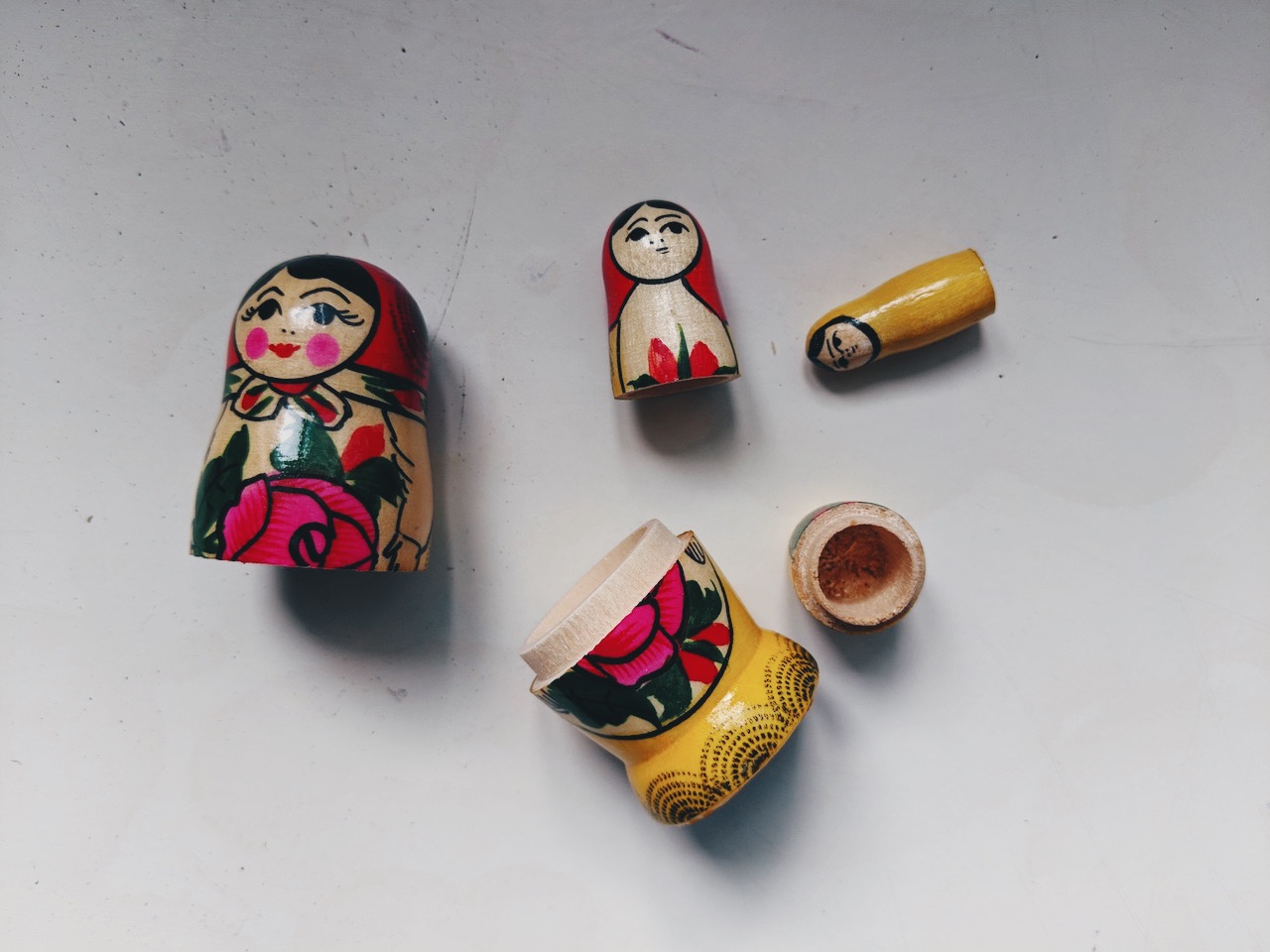
Objects of Affection is a column centred around the things and spaces that serve as hallmarks of our relationships, from the personal to the professional, and everything in between.
This article was first published 8 Jan 2019.
On a September night last year, under the harsh yellow glare of McDonald’s lighting, one matryoshka doll sat between two adult women with tear-stained cheeks. The set of wooden dolls placed one inside another was more than just a souvenir, one of the women would eventually explain.
“This is for you. I got it to remind you of your inner strength,” my friend, Lin, said quietly.
“Beneath the top layer of hurt, there’s a chance to be whole again.”
That night, anyone observing Lin and I would have assumed we were just two good friends catching up in their heartland fast food restaurant after a long day. There were bursts of laughter, reaches of a hand across the table to express solidarity, and several sighs and shrugs as we gazed at each other in contemplative silence over a tray of nuggets and fries.
But that night, Lin had also shared that she recently left an abusive ex-boyfriend. As she detailed where and how he’d hurt her, as well as the measures she had taken to cover up her bruises at work, her eyes grew wetter and her nose redder. Still, her voice never quivered, maintaining a steely, clinical detachment to the words it spoke, as though she was merely recounting another woman’s story.
Despite the overwhelming support she’d found in friends and family, Lin admitted she still found herself deeply missing him. She knew he wasn’t healthy for her, so she’d never return to him, yet heartache meant that every day presented a whole new battle to fight.
I remember glaring hard at a half-nibbled fry, blinded by my own tears and outrage. How dare I partake in the banal consuming of McDonald’s fries when my friend had gone through an entire life-threatening incident mere months ago.
Willing myself to say the right thing, I fumbled helplessly with my reply: “I get it.”
Then I met Lin’s eyes and told her that I was in the thick of heartache myself, though my situation was vastly different. There was no abusive ex-boyfriend, just a friend who had strung me along for a week before deciding he didn’t want to pursue a relationship. I tried to brush it off as a casual misjudgment on my part, but I couldn’t hide the truth: it was already the fourth month since we ended things and I still hadn’t bounced back.
The brief duration of our romantic connection was disproportionate to how long I’d found myself steeped in remarkable sadness after it ended.
The period only reinforced what I already knew: it is equally maddening and reassuring that the world carries on as usual, even when life, as you know it, has come to an indefinite standstill.
Then Lin took out the matryoshka doll from her bag and placed it on the table between us.

I was initially hesitant to write about the matryoshka doll and our respective stories of personal heartbreak, because society has a tendency to belittle women’s romantic misfortune. Our consequent feelings are treated as the sentimental, hackneyed stuff of poetry, songs, and chick lit.
While these feelings form huge parts of female-centric narratives and female friendships, we demean them because men are mostly unable to show the same vulnerability with each other when it comes to love and heartbreak.
From young, we learn that a woman’s pain is too unreasonable, too brash, too childish, too unimportant; too much. If we should express any hurt, we must appear vulnerable but measured; candid but composed. After all, we are told to make our stories more palatable, so others don’t feel uncomfortable swallowing the intensity of our feelings.
This ridiculous standard is only reinforced by our glamorisation of the ‘cool girl’, the woman who goes with the flow and doesn’t turn into a ‘crazy person’ even when she’s wronged.
At 28, the thing I’ve come to singularly abhor about adulthood is the shame associated with crying in public. As kids, a screaming tantrum is par for the course. But as an adult whom one assumes has their shit together, all possible expressions of catharsis are stifled and suppressed. Instead, immense heartache is left to fester, reduced to a dull hum that permanently underscores our lives.
Yet that night in McDonald’s, Lin and I cared fuck all about the implicit and arbitrary rules of how women should behave. We were teary eyed and runny nosed, but, for the first time in months, unburdened.
More than its significance of inner strength, the matryoshka doll was also a reminder that female friendship had gotten me through so much that I never thought I’d recover from.
It’s convenient to lapse into tropes about female friendships, such as pitting women against each other or regarding conventionally female activities like brunch dates as ‘fluff’. However, in this political, social, and cultural age, where female solidarity feels more pertinent than ever, writer Jemimah Wei states it best: “What female friendships uniquely offer us, individually and together, are a source of strength, derived from shared experience, a way to approach and navigate the world.”
Don’t get me wrong, I love my closest male friends to death, seeing as I have several. But until I had been blindsided by raw heartbreak the minute I was ready to dive back into love, I never knew that all I needed was simply another woman telling me everything would be okay.
Frankly, my closest female friends and I would probably fail the Bechdel test most of the time. But at least in the heterosexual world of dating, heartache is the currency that many women trade in.
All my tightest female friendships may now involve updating each other on all areas of our lives, never using toxic language on each other, and encouraging one another to be kinder people. But I’ll be damned if we didn’t first bond because we were once heartbroken by a boy.

Yesterday, for the first time since Lin had given it to me, I pried apart the outer matryoshka doll and found two smaller ones inside. Strangely, it was more meaningful now, representing the three female friends who significantly impacted me last year.
First, there was Jan, an old friend who turned to me when her long-term relationship fell apart at the start of the year. Every day for a few months, we would have lengthy Whatsapp conversations, ranging from serious reflections on the human condition to deep analyses of personality tests we’d done. And on particularly pensive nights, we’d sit for hours by the water at West Coast Park just talking.
Jan and I established a comfortable rhythm that we never had in any other female friendship. Even when she’d worked through her relationship issues and our conversations inevitably grew less intense, we agreed that we’d been irrevocably changed by our renewed friendship.
Then there was Chanel, an unexpected job acquaintance turned friend, who spent New Year’s Eve with me, sitting along the roadside in Geylang as we reflected on our twenties. It was a new friendship, and we were barely two ‘dates’ in, but friendship is a lot like love—the older you get, the quicker you know if it’ll work out in the long run. My intuition told me this one would.
Finally, Lin. We all have a Lin in our lives; friends we meet twice to thrice a year, because reunions either hinge on new life developments or specific pieces of advice that we seek them out for.
I may never know what brought us together that fateful night in September, after months of not feeling the need to catch up, but I’m certain neither of us expected to leave McDonald’s heavier and lighter at once. All I know is we’d reached a new depth in our friendship that night, crystallising the knowledge that we had each other’s backs for good.
After Lin passed me the matryoshka doll, I placed it in a tiny makeup pouch that I carry around. Even its storage is wholly symbolic: there are times I’ve had to cover up my puffy eyes with concealer, in the way that my female friendships have acted as life’s balm.
When I told Lin I would write about the matryoshka doll and its significance in my life, she reminded me, “Take care of your heart ok?”
I thought of all the times the women in my life had done that for me, when I lacked the self-love to do it myself. Still, Lin was right about one thing that night: we all possess several layers of inner strength that help us withstand our outer layers getting bruised and damaged.
Even so, like the matryoshka doll, there is a limit to the number of times you can dissemble yourself, before you learn to put yourself back together, one piece at a time, on your own or with some help, until you are whole again.





